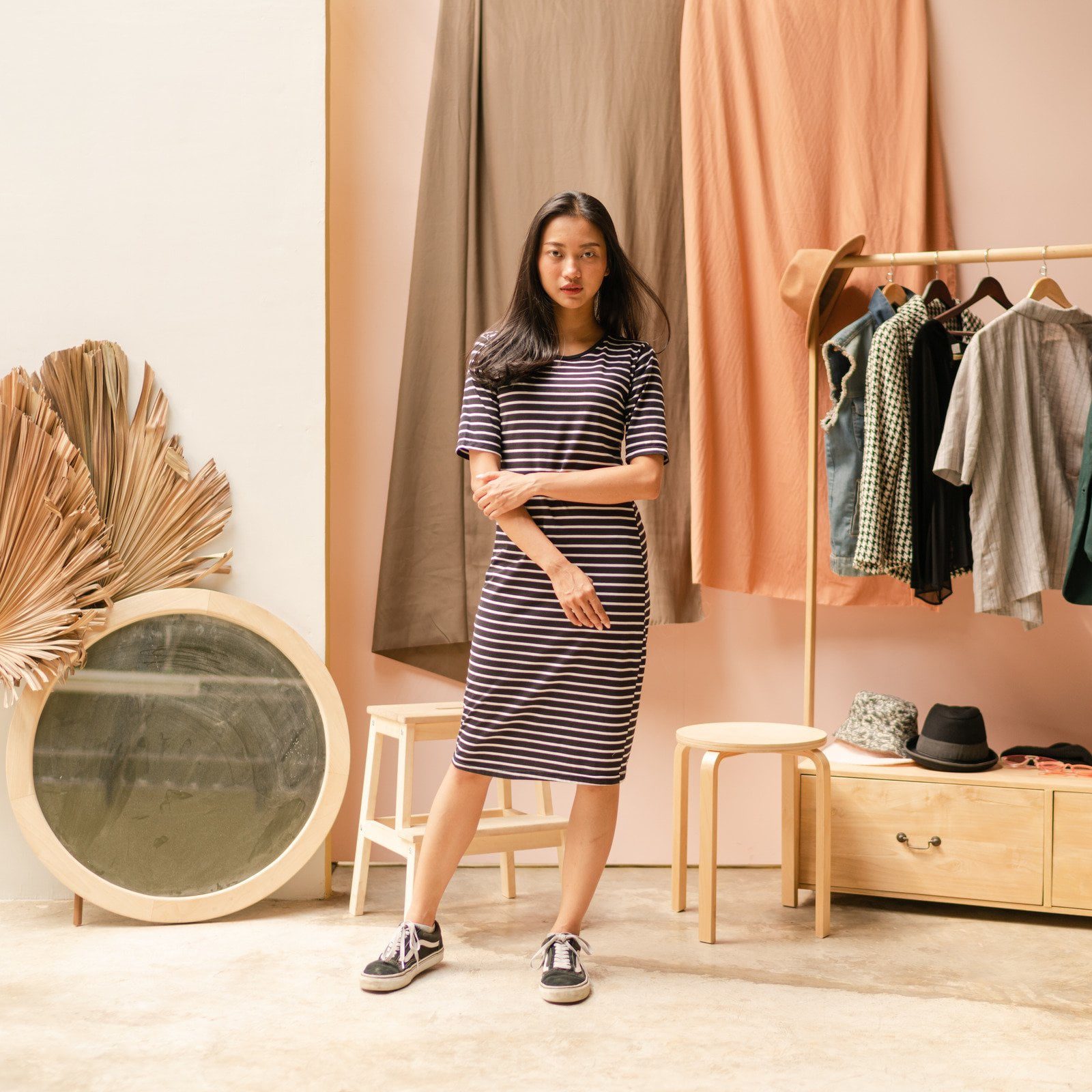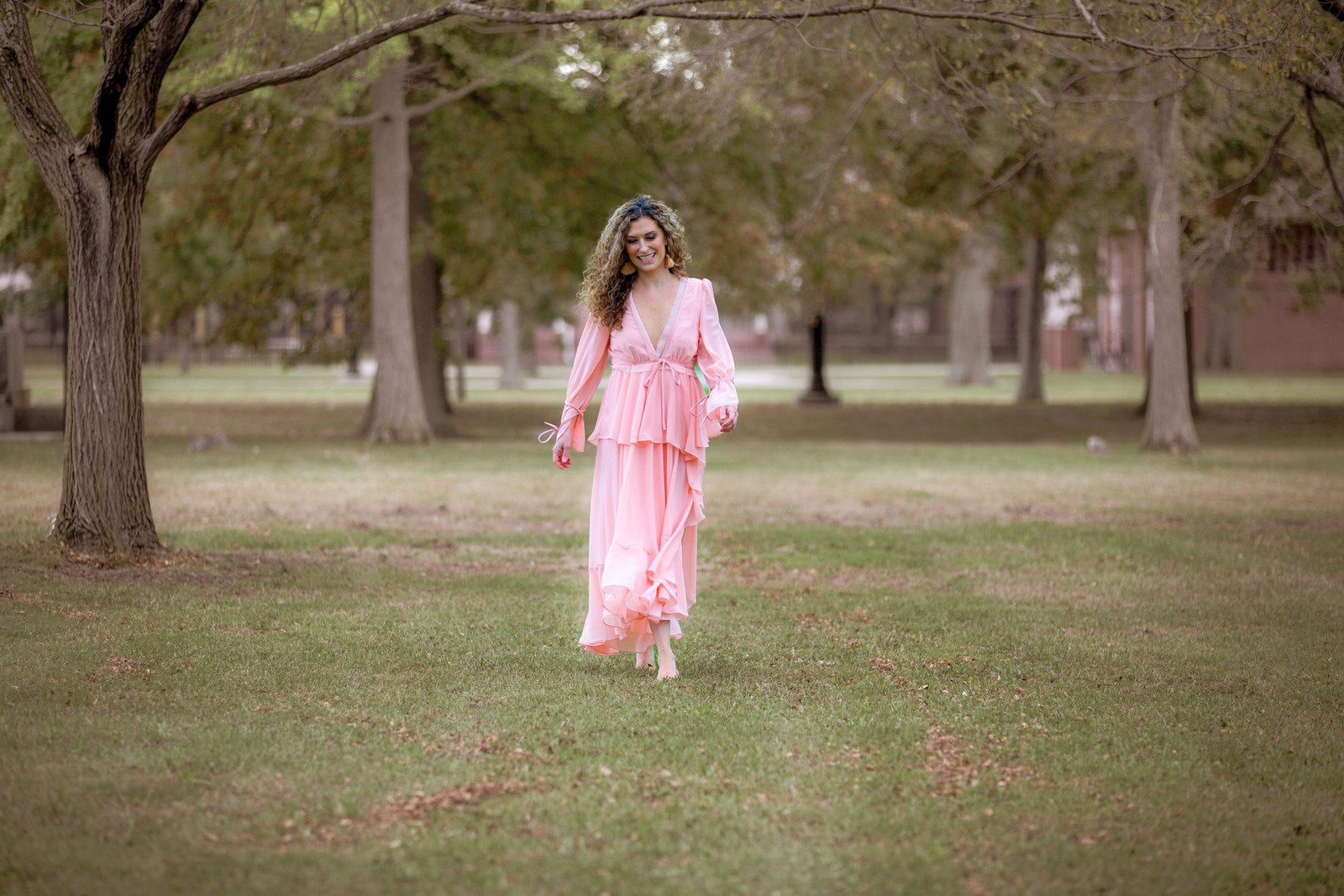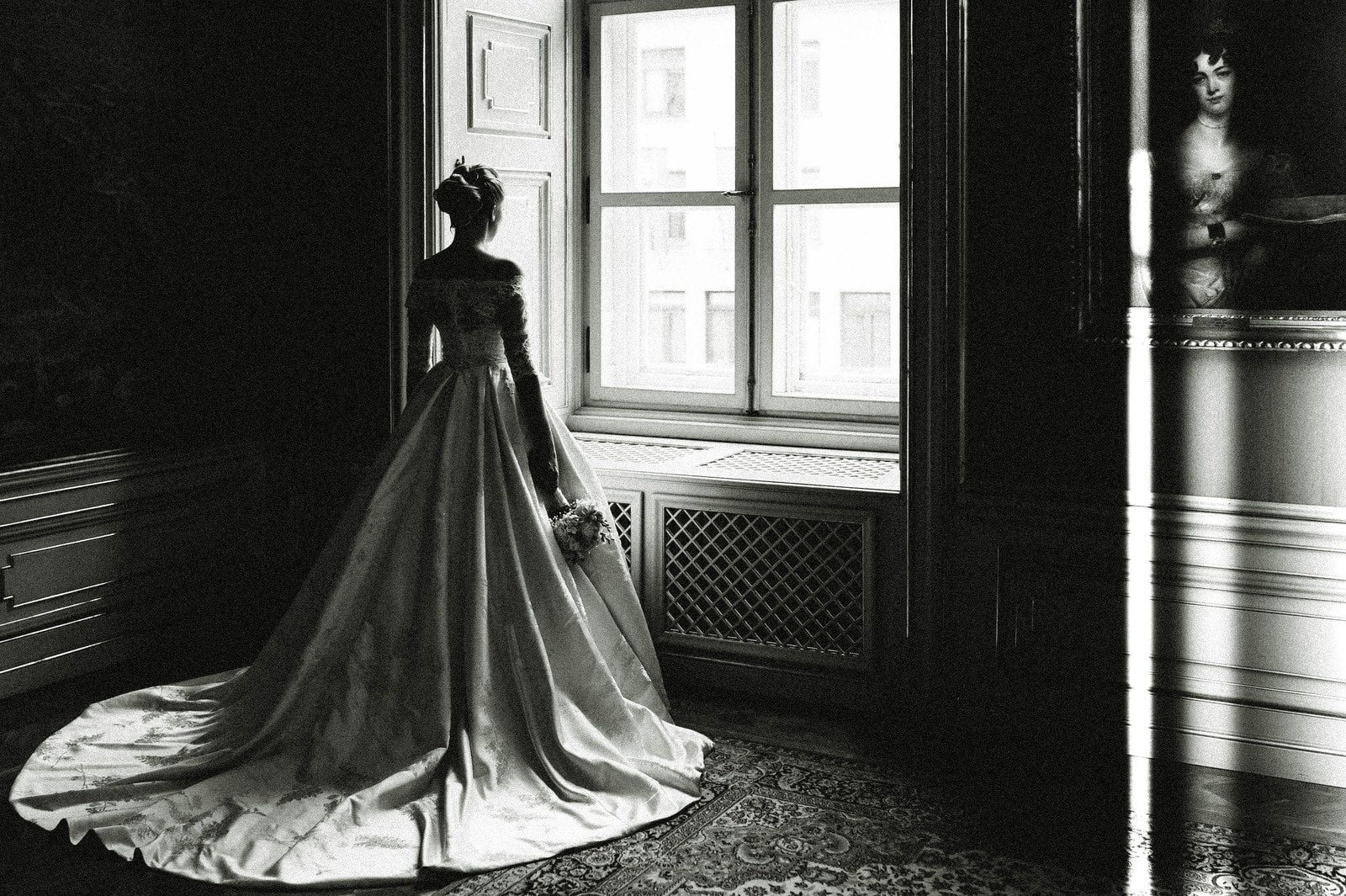Women’s Fashion
Step into the world of women’s fashion, where trends have evolved and styles have transformed through the ages. From restrictive corsets to empowering power suits, the journey of women’s fashion is a captivating tale of self-expression and societal change. Join us as we explore the fascinating evolution of women’s fashion from corsets to couture and beyond.
The History of Corsets and Their Impact on Fashion
Let’s delve into the intriguing history of corsets and their profound impact on women’s fashion.
Centuries ago, corsets were not just undergarments but symbols of status and femininity. They sculpted the female silhouette, emphasizing curves and creating an idealized shape.
Throughout history, corsets evolved from rigid structures made of whalebone to more flexible materials like steel boning. Fashion trends shifted along with these changes, reflecting societal ideals of beauty and elegance.
Corsets played a significant role in shaping fashion norms for decades, influencing everything from dress silhouettes to posture. Women wore them as a form of self-expression and conformity to prevailing standards of beauty.
Despite criticism for their restrictive nature, corsets remained popular until the early 20th century when they gradually fell out of mainstream fashion. Their legacy lives on in contemporary designs that pay homage to this iconic garment.
The Rise of Haute Couture and Its Influence on Women’s Fashion
Haute Couture, the pinnacle of luxury fashion, emerged in Paris in the late 19th century. It revolutionized women’s fashion by offering custom-made garments that showcased exquisite craftsmanship and attention to detail.
Design houses like Chanel, Dior, and Givenchy elevated haute couture to an art form, setting trends that trickled down to ready-to-wear collections. These designers catered to elite clientele seeking exclusive pieces that embodied elegance and sophistication.
The influence of haute couture on women’s fashion transcends mere clothing – it represents a lifestyle associated with opulence and refinement. From elaborate ball gowns to impeccably tailored suits, haute couture continues to inspire contemporary designers and shape the way we perceive high-end fashion.
Through intricate beading, luxurious fabrics, and meticulous construction techniques, haute couture celebrates individuality while maintaining a sense of tradition and heritage. Its influence can be seen in red carpet looks as well as everyday street style around the globe.
Iconic Female Designers Who Changed the Game
Let’s talk about the trailblazing female designers who have left an indelible mark on the world of fashion. These visionary women challenged norms, pushed boundaries, and reshaped the industry with their innovative designs.
Coco Chanel, known for her timeless elegance and iconic tweed suits, revolutionized women’s fashion by introducing comfort and simplicity into haute couture. Her legacy continues to inspire generations of designers.
Diane von Furstenberg brought empowerment to women’s wardrobes with her iconic wrap dress in the 1970s. The versatile garment symbolized independence and femininity, making it a staple in every modern woman’s closet.
Donatella Versace took over her brother Gianni’s fashion empire after his tragic passing and continued to captivate audiences with bold prints, vibrant colors, and daring designs that exude confidence and glamour.
These pioneering female designers not only changed the game but set new standards for creativity, innovation, and inclusivity in the ever-evolving world of fashion.
Modern Trends in Women’s Fashion: From Power Dressing to Body Positivity
Modern trends in women’s fashion have evolved significantly over the years, reflecting societal shifts and changing attitudes. One notable trend is power dressing, where women embrace tailored suits and structured silhouettes to exude confidence and authority in professional settings.
On the other end of the spectrum is the rise of body positivity in fashion. This movement celebrates diversity by promoting self-love and acceptance of all body types. Brands are now increasingly showcasing models of various sizes, ethnicities, and ages to represent a more inclusive vision of beauty.
Moreover, fashion has become a platform for empowerment, with slogans and messages adorning garments that advocate for social causes like gender equality and environmental sustainability. Accessories such as statement jewelry or bold handbags are also used to make a statement beyond just aesthetics.
Modern women’s fashion is not just about looking good but also feeling empowered and embracing individuality through style choices that reflect personal values.
The Future of Women’s Fashion: Sustainability and Inclusivity
As we move towards the future of women’s fashion, two key pillars are shaping the industry – sustainability and inclusivity. Fashion brands are increasingly focusing on creating eco-friendly and ethically produced clothing to reduce their environmental impact. From using organic materials to implementing sustainable practices in their supply chain, the shift towards a more sustainable approach is becoming more prominent.
Inclusivity is also at the forefront of fashion evolution, with designers embracing diversity in sizes, shapes, and backgrounds. The push for representation on runways and campaigns is reshaping traditional beauty standards and promoting empowerment for all women. As consumers demand more transparency and authenticity from brands, the emphasis on inclusivity continues to grow.
The future of women’s fashion lies in embracing these values wholeheartedly – prioritizing sustainability to protect our planet and championing inclusivity to celebrate individuality. By supporting brands that align with these principles, we can collectively drive positive change within the industry towards a more conscious and inclusive future.
Conclusion
As we look back on the journey of women’s fashion, from the restrictive corsets to the liberating couture creations, it becomes evident that style is not just about clothing; it’s a reflection of societal norms, individual expression, and cultural evolution. The trailblazing female designers who shattered glass ceilings and redefined beauty standards have paved the way for a more inclusive and sustainable future in fashion.
As we move forward, let us continue to celebrate diversity, embrace body positivity, and champion sustainability in our choices. Let us honor the past while shaping a more inclusive and conscious tomorrow. Women’s fashion has come a long way, but there is still much ground to cover. Together, let’s make sure that every stitch tells a story of empowerment, creativity, and respect for all.
















